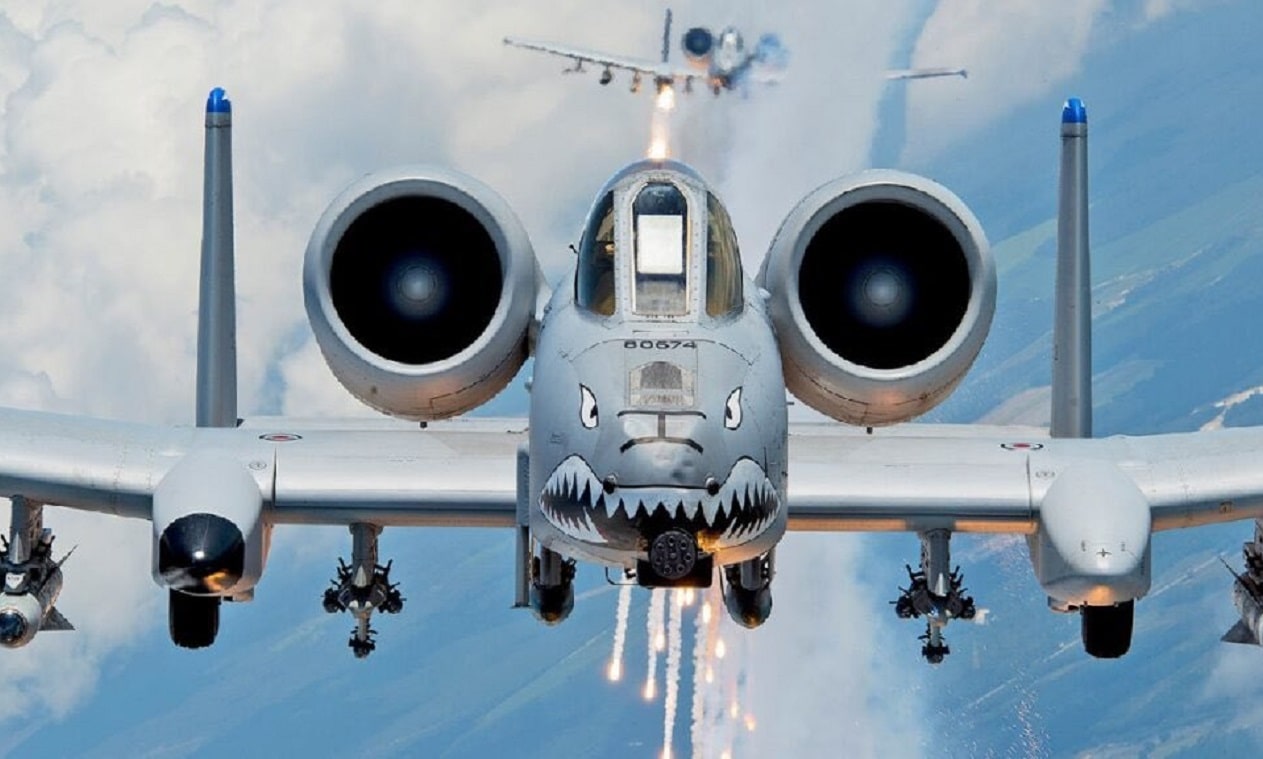The A-10 warthog has earned a permanent place in history.
The aircraft is revered as a lifesaving “flying tank” able to support soldiers in a close-in ground fight under enemy fire. Despite the emotional allegiance the aircraft inspires, it might at last be flying into the sunset.
In what could be seen as a defining moment for the A-10, U.S. Air Force leaders recently announced they will be closing out or stopping A-10 operations at two key bases and replacing the A-10’s missions in one location with F-35s.
For many years, the Air Force has wanted to fully retire the A-10 and let the F-35 perform critical Close Air Support (CAS) missions. Pentagon weapons developers, Army and Air Force service members, ground troops, and many prominent members of Congress have fought to make sure the A-10 keeps on flying.
But despite the A-10’s success and combat record, some senior Air Force weapons developers have long believed the F-35 is better suited for CAS. The interest in the F-35’s ability to perform these missions, and the strength of the Congressional, Air Force, and Army support for the aircraft, led the Pentagon to conduct a fly-off between the two aircraft.
A-10 vs. F-35 Fly-Off
Despite their differences, the A-10 and F-35 can both perform CAS missions in distinctive and impactful ways. Ground troops who have benefited from protective fire coming from the A-10’s cannon while it hovers low over the ground are likely to insist the A-10 is superior.
So why might the F-35 be better? Certainly MANPADs, Stingers, and other shoulder-fired anti-aircraft weapons have gotten much more advanced. An A-10s titanium hull and built-in redundancy might now be much more vulnerable to destruction by enemy ground fire than they once were. The Warthog is engineered for redundancy — if one critical element such as an engine or electrical system is damaged or destroyed by enemy fire, the A-10 can keep flying. This attribute, while still critical, may not be as impactful in a modern threat environment where enemies have new generations of targeting technology and ground-fired munitions, as well as longer-range precision targeting.
The F-35 brings a series of key attributes not woven into the A-10’s mission scope. It brings a new generation of speed, thrust, and maneuverability capabilities. The aircraft could quickly enter and exit high-threat areas while maneuvering into position to support ground troops with suppressive or lethal fire at the enemy.
This could greatly help ground troops in close proximity to an enemy force, as the F-35 could fire its 25mm cannon or launch longer-range, precision-guided rockets and missiles. The F-35 has a full complement of air-ground weaponry which, under the coordination of the F-35’s computing and sensing technologies, could generate devastating effects.
Information about an F-35’s ability to withstand or absorb enemy ground fire is probably not available, but the Joint Strike Fighter does operate with several distinctive attributes of great relevance to the CAS mission. While we might not yet know how well an F-35 can absorb, withstand, or counter enemy small arms fire, we do know that the F-35’s sensors, computing, weapons, and targeting technology are such that the aircraft could likely inflict a heavy toll on enemy ground forces from safe standoff distances, beyond the reach of any enemy ground fire.
Kris Osborn is the Military Affairs Editor of 19FortyFive and President of Warrior Maven – Center for Military Modernization. Osborn previously served at the Pentagon as a Highly Qualified Expert with the Office of the Assistant Secretary of the Army—Acquisition, Logistics & Technology. Osborn has also worked as an anchor and on-air military specialist at national TV networks. He has appeared as a guest military expert on Fox News, MSNBC, The Military Channel, and The History Channel. He also has a Masters Degree in /lComparative Literature from Columbia University.
From 19FortyFive
A Russian Submarine Accidently ‘Destroyed Itself’
Total Massacre’: Ukraine Footage Shows Russian Cruise Missile Shipment Attacked

